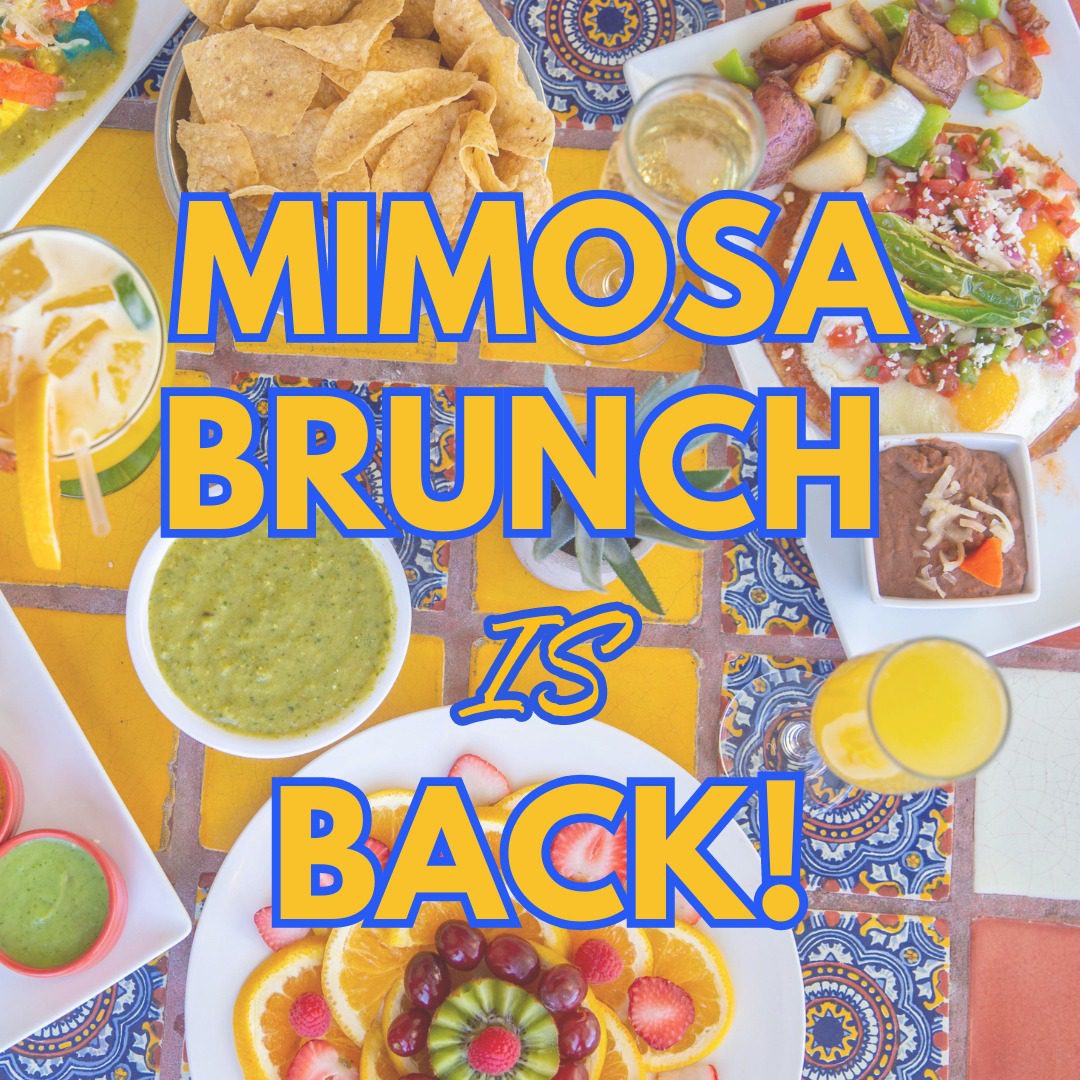Pascua is what Mexico residents call Easter and some would argue that it’s a more important religious holiday in Mexico than is Christmas.
Mexicans celebrate Easter with a combination of Christian and native indigenous traditions and rituals, mirroring the country’s Spanish and indigenous history. Christian missionaries – during the time when Mexico was a Spanish colony – allowed indigenous peoples to meld their customs with more traditional Christian Easter rites. Thus Easter celebrations often include a lot of traditional dances!
Palm Sunday through Easter Saturday is known as Semana Santa (Holy Week). Pascua comes next and includes Easter Sunday through the following Saturday.
Mexico residents love to stage Passion Plays that depict events from the Bible such as the Betrayal, the Procession of the 12 Stations of the Cross, the Crucifixion, the Resurrection, and more. The depictions usually include elaborate staging and costumes, with the volunteers who stage these plays working on them for almost an entire year.
Probably the most elaborate of Easter traditions is the burning of an effigy of Judas. Filled with firecrackers, the effigy is set aflame on Holy Saturday and usually is a popular way to express disdain for an unpopular person, often a politician.
Palm Sunday is celebrated with people offering gifts of crosses woven from palm fronds. Weavers offer the gifts outside church and church goers follow a priest into the sanctuary with the fronds, where he blesses them. The fronds often are later hung on doors to ward off evil.
Lent, known as Cuaresma in Mexico, is celebrated with certain foods – and many were created with Catholic dietary restrictions in mind. With red meat prohibited during Lent on Fridays, many fish-based foods became popular during Lent. Many of these fish-based dishes have become quite elaborate.
Image courtesy of Stuart Miles/FreeDigitalPhotos.net





